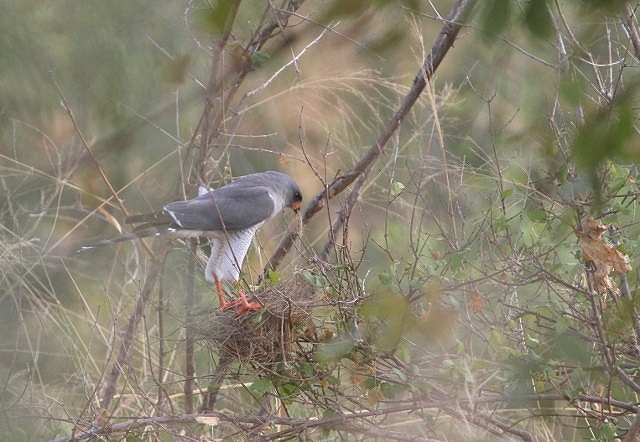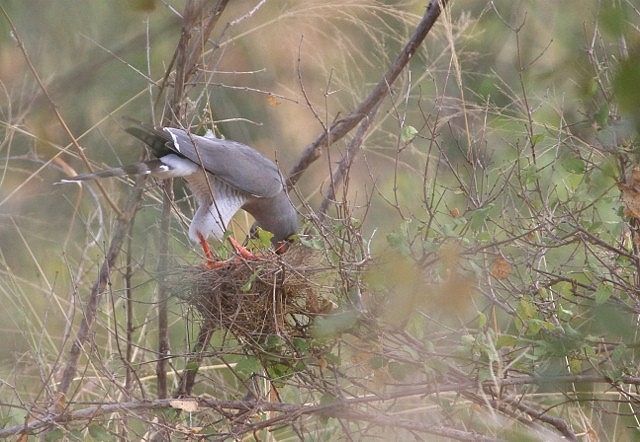Page 4 of 19
Re: Flavour of the Month - Feb 2013: S56-Shingwedzi/Babalala
Posted: Sun Feb 10, 2013 6:37 pm
by nan
Re: Flavour of the Month - Feb 2013: S56-Shingwedzi/Babalala
Posted: Sun Feb 10, 2013 6:53 pm
by nan
Waterbuck
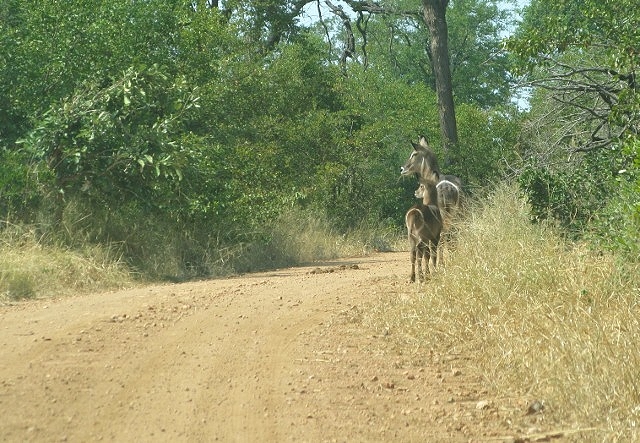
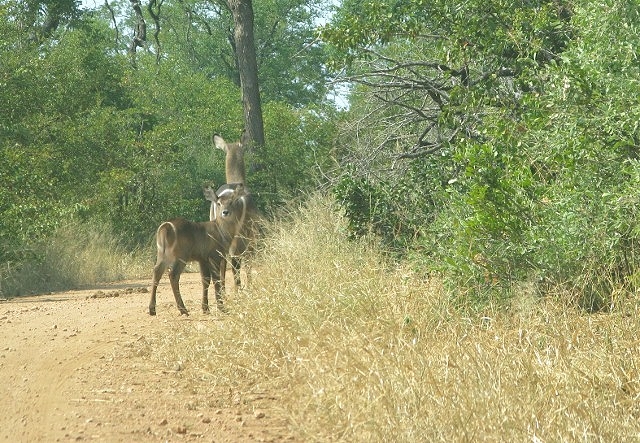
Re: Flavour of the Month - Feb 2013: S56-Shingwedzi/Babalala
Posted: Sun Feb 10, 2013 6:55 pm
by nan
Re: Flavour of the Month - Feb 2013: S56-Shingwedzi/Babalala
Posted: Sun Feb 10, 2013 10:50 pm
by nan
Re: Flavour of the Month - Feb 2013: S56-Shingwedzi/Babalala
Posted: Mon Feb 11, 2013 6:28 pm
by Richprins
Many getting thrown off, Dewi! Just keep trying! (Sabotage!

)
My only other pic...on a borrowed server:

Re: Flavour of the Month - Feb 2013: S56-Shingwedzi/Babalala
Posted: Mon Feb 11, 2013 7:46 pm
by Dewi
When travelling the S56, check every tree you see as some of them are not what they first appear to be. -O
An ellie takes a nap against a nearby trunk.

You may get lucky and see a flying Slender Mongoose.
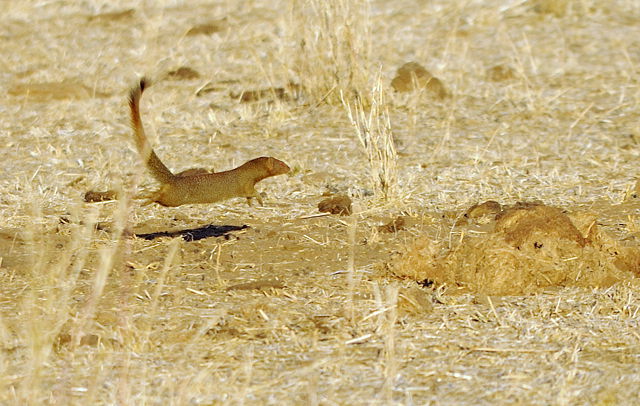
Bushbuck are common along the riverine thickets.
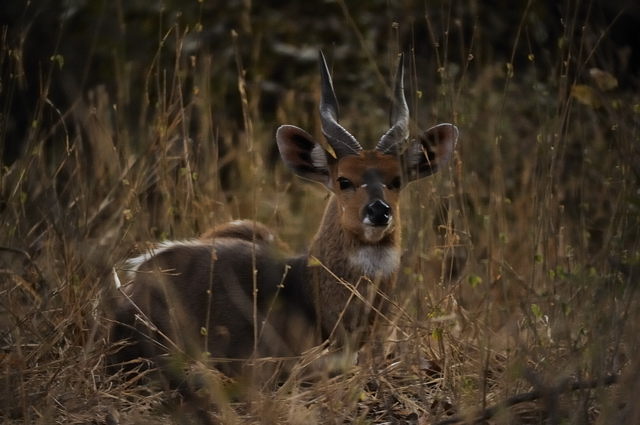

And Steenbok are also present.
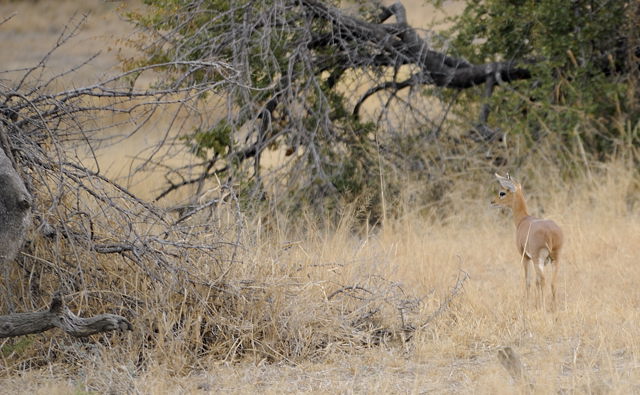
The Buffalo herds sometimes use the grassy margins to chew the cud.

Giving the youngsters an opportunity to play.
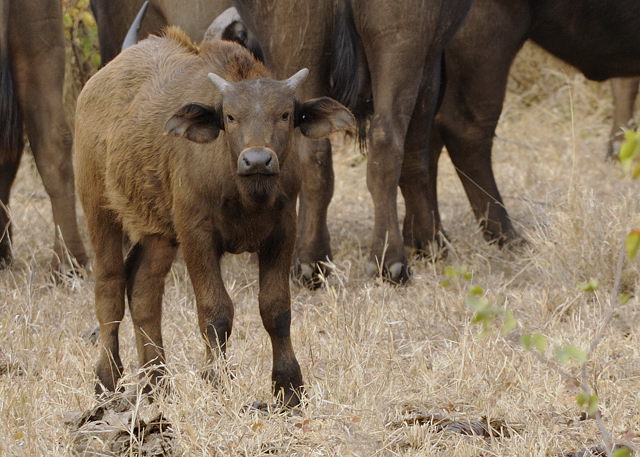
Zebra are generally found on the Northern stretch as you head towards Babalala.
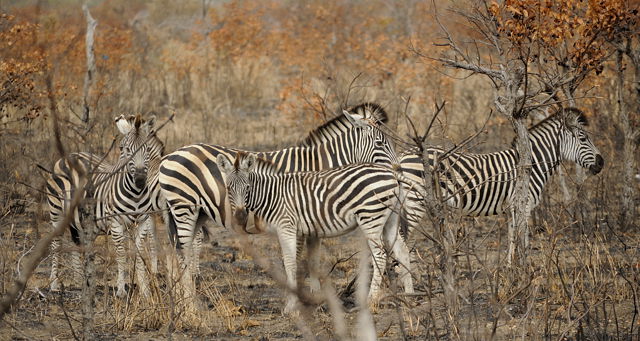
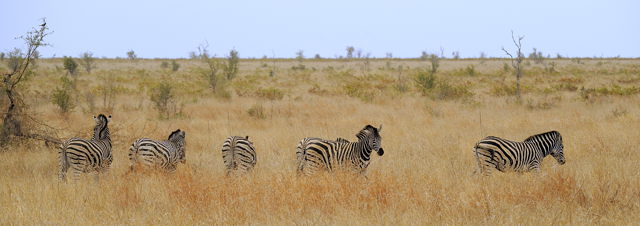
Where herds of Buffalo sometimes dominate the grasslands adjacent to the picnic site.
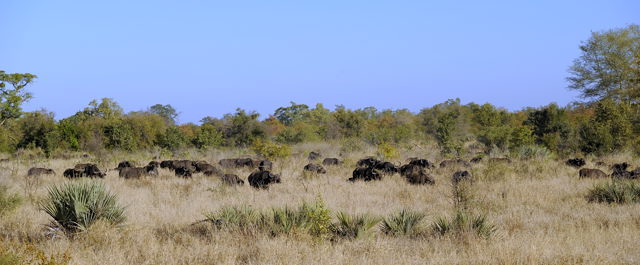
And when the Buffalo are not there, you may see some of the local ellie bulls nearby.

Re: Flavour of the Month - Feb 2013: S56-Shingwedzi/Babalala
Posted: Mon Feb 11, 2013 7:56 pm
by Dewi
Hi Nan,
Gabar Goshawks build their nests in the crowns of indigenous trees, usually thorn trees. Their nests are nearly always coated by the webs of colonial spiders which helps to camoflague the structure. It's believed that the birds deliberately carry the spiders to their nests for this purpose.

Re: Flavour of the Month - Feb 2013: S56-Shingwedzi/Babalala
Posted: Mon Feb 11, 2013 8:31 pm
by Dewi
Surely RP.

The spiders also help the Gabar chicks out by devouring nest parasites.
Interestingly, the word "Gabar" derives from a Hottentot word that was "invented" further by Francois Levaillant as a name for this species.

Re: Flavour of the Month - Feb 2013: S56-Shingwedzi/Babalala
Posted: Tue Feb 12, 2013 8:03 pm
by Dewi
Small batchelor groups of young male Kudu were often encountered on this road and were always wary.
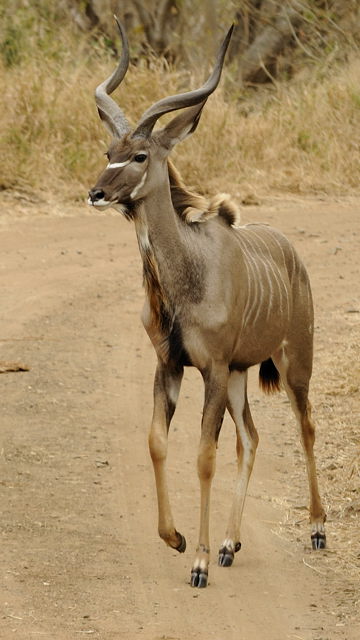

Whilst Bateleur Eagles were always seen, either perched in trees or soaring overhead.

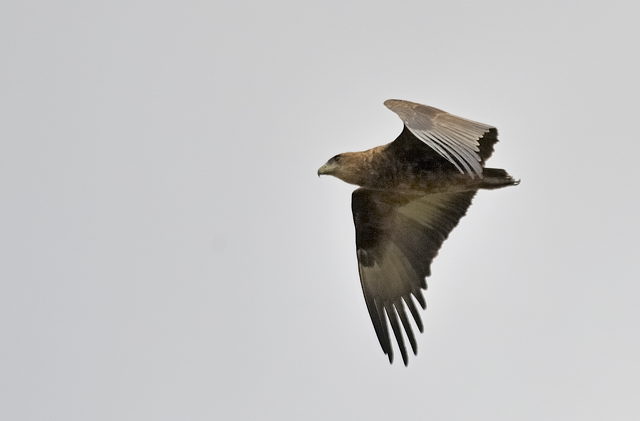
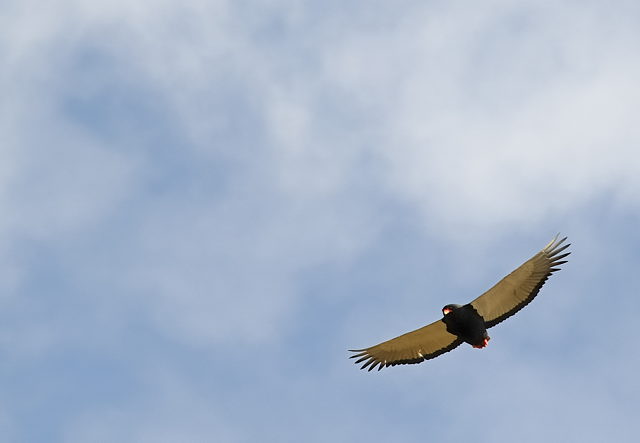
The common name for Bateleur comes from the French for Tumbler, or Acrobat and describes it's rocking flight perfectly. It's Latin name however, is derived from Greek and translates roughly as "marvellous face without a tail." A perfect description for the adults, but less so for juveniles.
Although not as scenic as other roads in the park, there are a few places where you can see further than the roadside bush.
The waterhole a little South of Sirheni is a great place to stop and watch (see Nan's posting earlier).
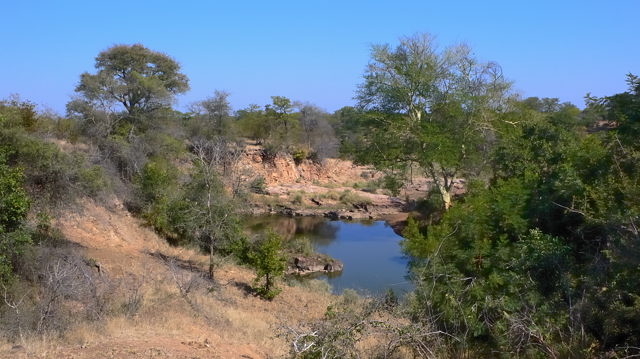
And in areas you can see the sand cliffs on the opposite bank lit up by the setting sun.
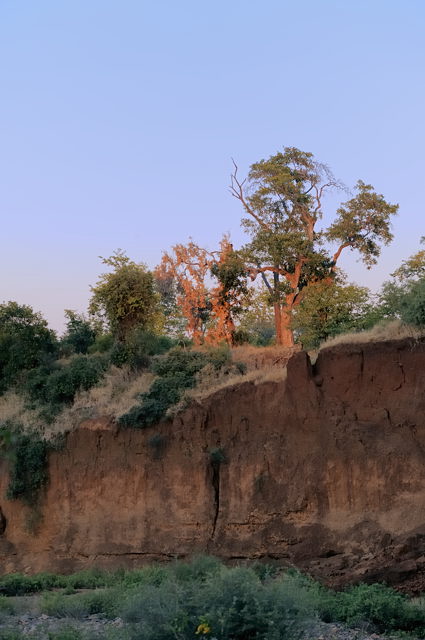
A termite hill just South of the turn off to Sirheni.

And when there is no scenery evident, take a closer look at the various shapes on the tree bark.

Or the fruits hanging from roadside bushes.

I've not yet managed a sunset shot from this road, but this is the closest I've got to getting one.
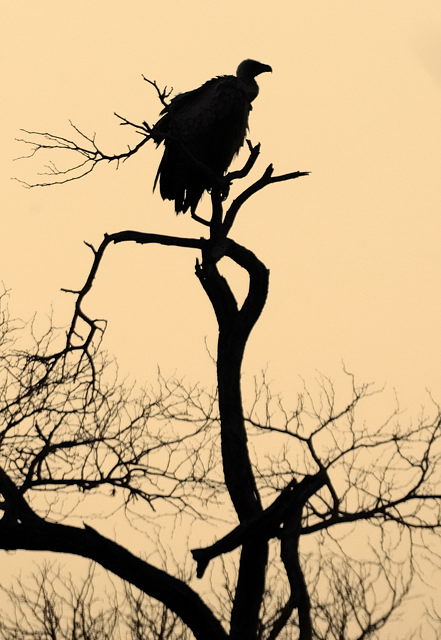
Re: Flavour of the Month - Feb 2013: S56-Shingwedzi/Babalala
Posted: Wed Feb 13, 2013 7:58 pm
by Dewi
We also had quite an encounter in this area RP, but on the main road just South of Babalala.
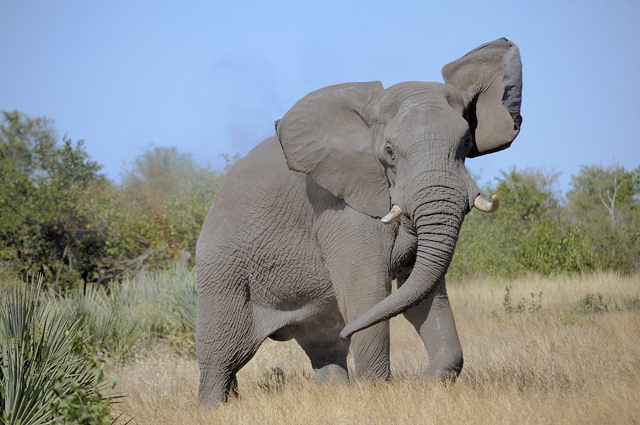
Back on the S60, the birding has always been quite qood for us. The Bee-eaters catching insects which I posted on the Bee-eater thread in the birding section being one of the highlights.
viewtopic.php?f=168&t=1293&start=10
White-fronted Bee-eaters are regularly seen. Keep an eye out for them on roadside branches as they look for insects from a prominent perch.

Little Bee-eaters are also present here.

Fork-tailed Drongos are one of the commonest species to be seen.
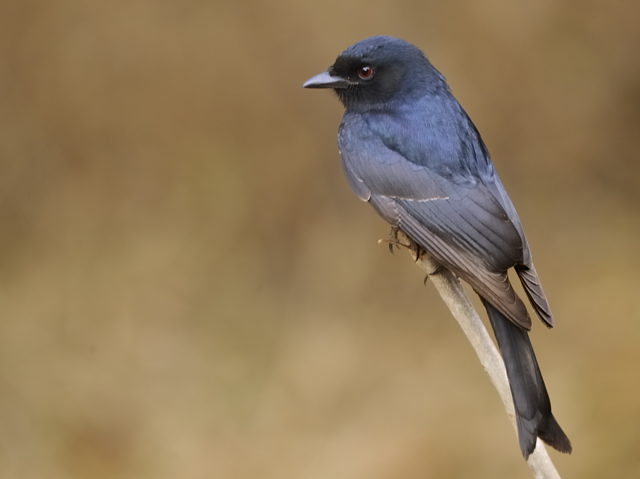
And Red-crested Korhaan often walk out onto the grassy verges.

African Green Pigeons can be found by searching for fruiting trees, or searching out the trees where they roosted the previous evening.

Pearl-spotted Owls are regular in the early morning and late afternoons. Look for their silhouettes against the sky on overhanging branches.

Crested Francolins will rush across the roads in front of you as you drive along.

And Crested Barbets forage for insects along the vergesides.
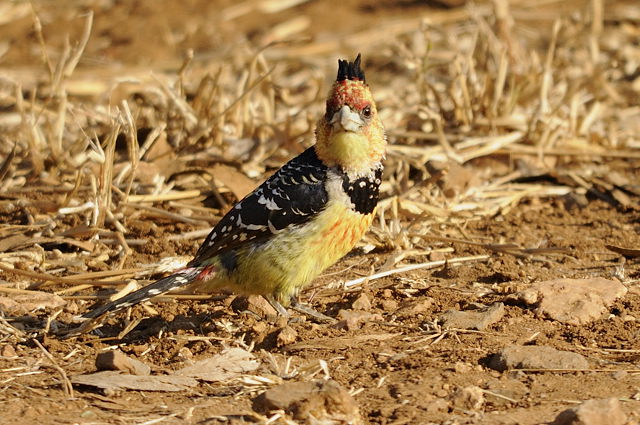
Keep an eye out on the larger trees for Martial Eagles. This immature was on the lookout for prey and had it's eyes fixed on something in the distance.
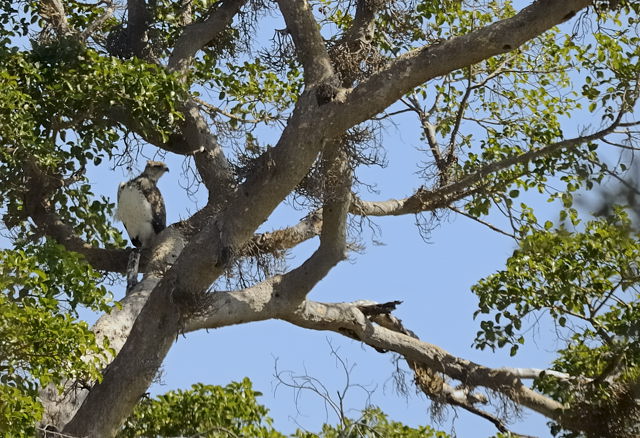


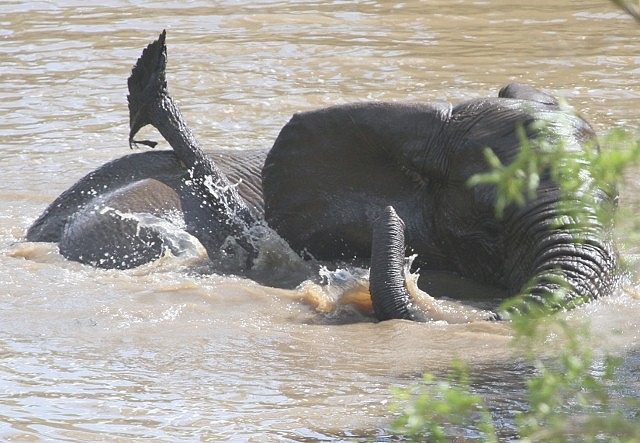

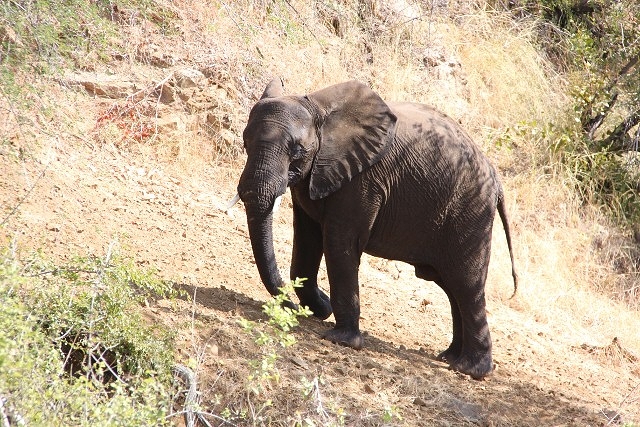











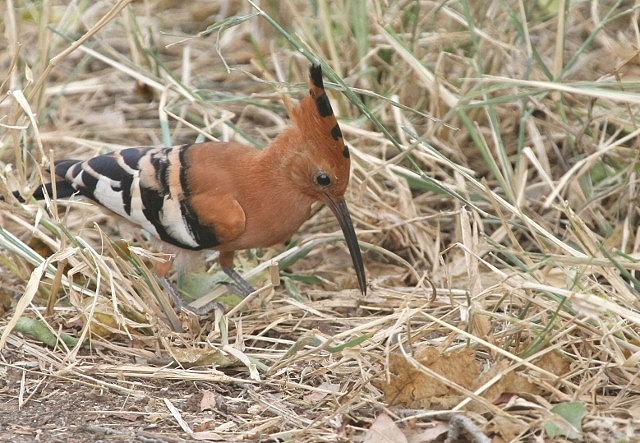

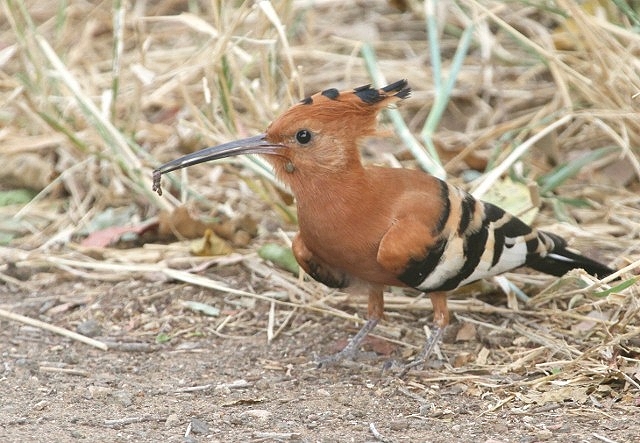 + a tick
+ a tick 